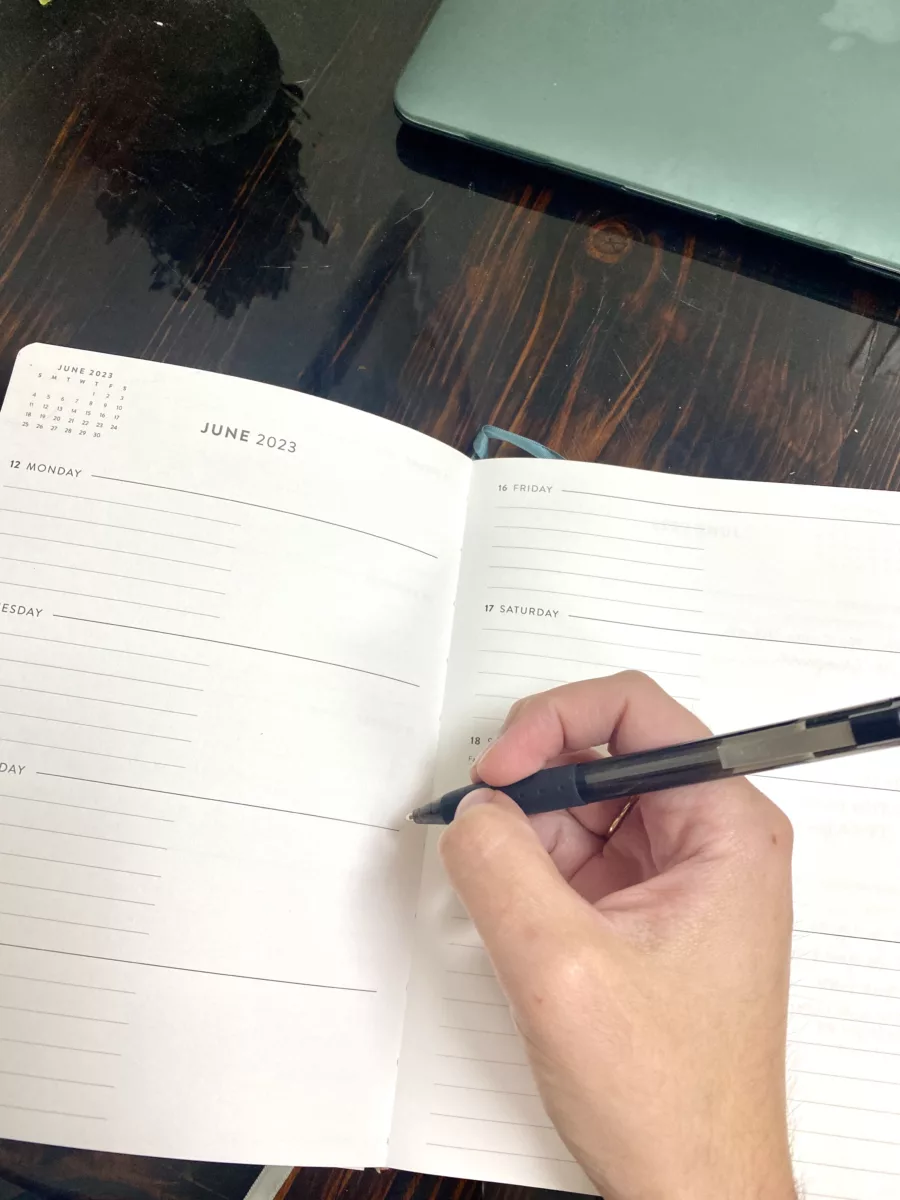
Stress has skyrocketed in recent years.
77% of Americans report that stress is affecting their mental health more in 2023 than any time in the past. Half of parents report that their stress is greater today than pre-pandemic.
Fortunately, stress doesn’t have to consume your life (even though some days it may feel that way). I have put together a few of my favorite tips for managing stress. I’d encourage you to try implementing these simple, solution-focused ideas one at a time. This allows you to see which tips may work for you, which aren’t as helpful, and you can curate your own solution for stress!
[We shared the first two tips for managing stress (the art of outsourcing and refining rhythms) in our email newsletter. Click here to join the email list]
Stress solution #3: Maximizing Down Time
The digital age comes with many perks- but unfortunately- also many stressors. One of those stressors is the unending pressure to be available at all times. We are all guilty of it:
- answering emails or calls outside of business hours
- interrupting a meal to respond to texts that aren’t urgent
- checking emails or sending an update after the kids go down
- reading on our phones in the car during drop off or pickup
The pressure to be constantly available puts a strain on our mental health and also depletes our energy. The mental load that we carry due to always being “on call” often manifests as stress.
Try setting limits with devices by having a designated spot you “park” your phone or tablet when at home. Challenge yourself by increasing the time you stay off of your phone. Work your way up to having designated phone-free time at home, maybe from 9PM to 7AM. Some people even find it helpful to set firm rules about activities that are phone-free. For example, at your house, meal times might be phone-free. Driving in the car might be a phone-free time. Weekends might be phone-free. Decide what works for you and your family and be intentional about maximizing down time.
Stress solution #4: Effective Boundaries
Maximizing down time goes hand in hand with setting and implementing health boundaries. Boundaries often get a bad rap, because people picture them like giant concrete walls- totally impenetrable. But health boundaries might look like a 6 food privacy fence. Or a waist-height picket fence. Boundaries don’t have to be aggressive or offensive to be effective.
For a professional, boundaries may focus on specifying work hours, prioritizing personal time, and differentiating between important vs urgent tasks.
For mothers, boundaries may focus on daily rhythms that allocate time to fitness and physical health, errands, work obligations, and child-related duties.
The specific boundary isn’t the key here, but getting comfortable setting and consistently sticking to whatever boundary set.
